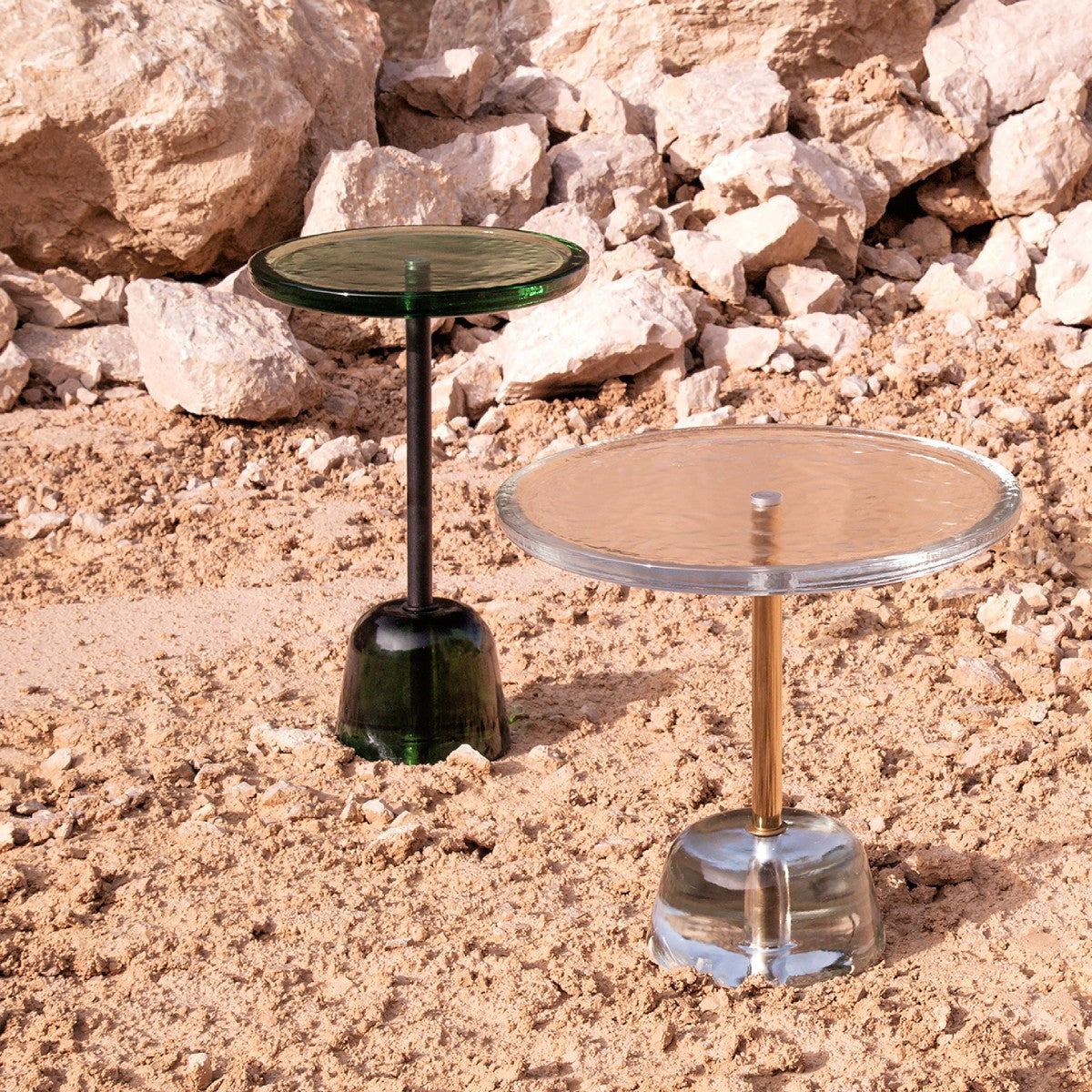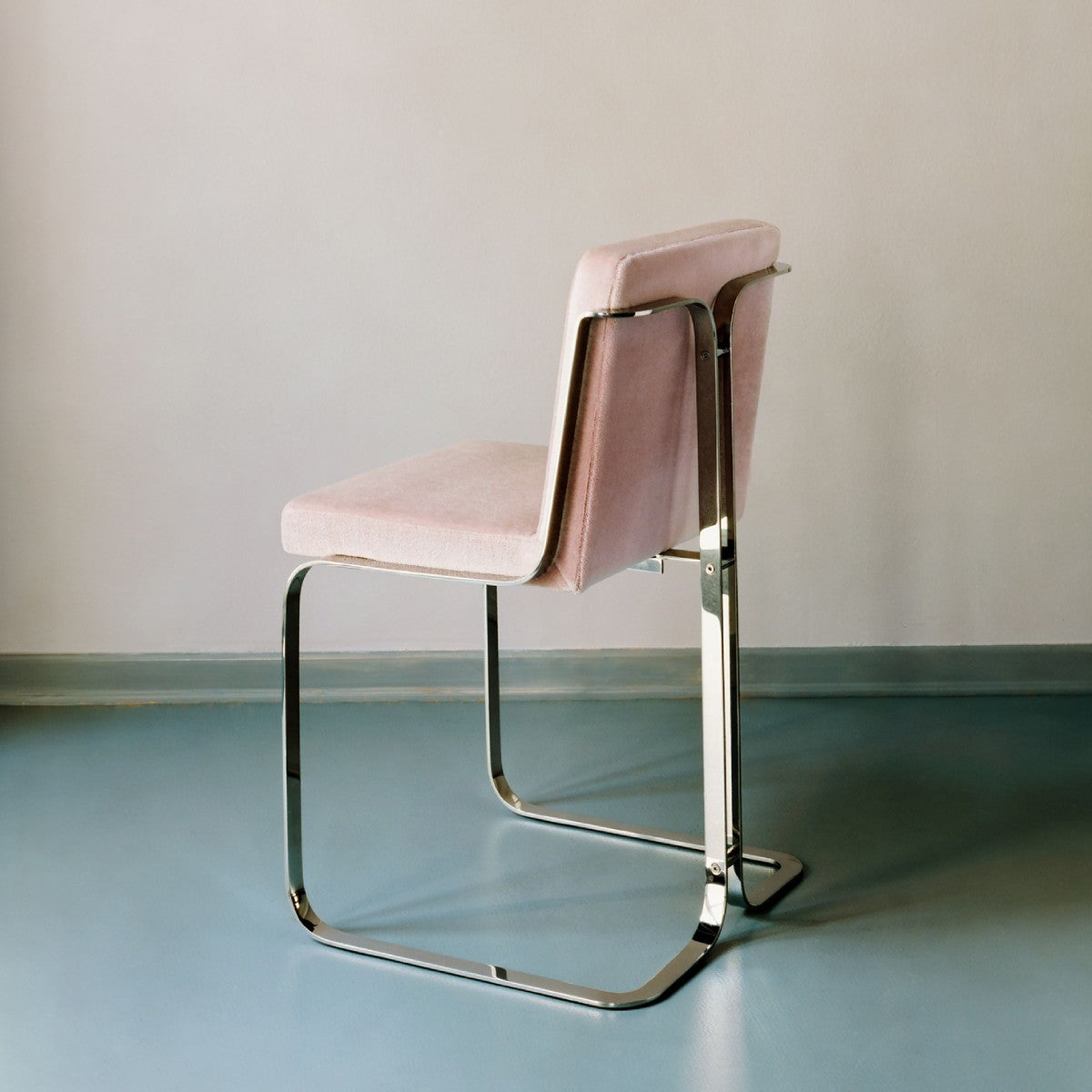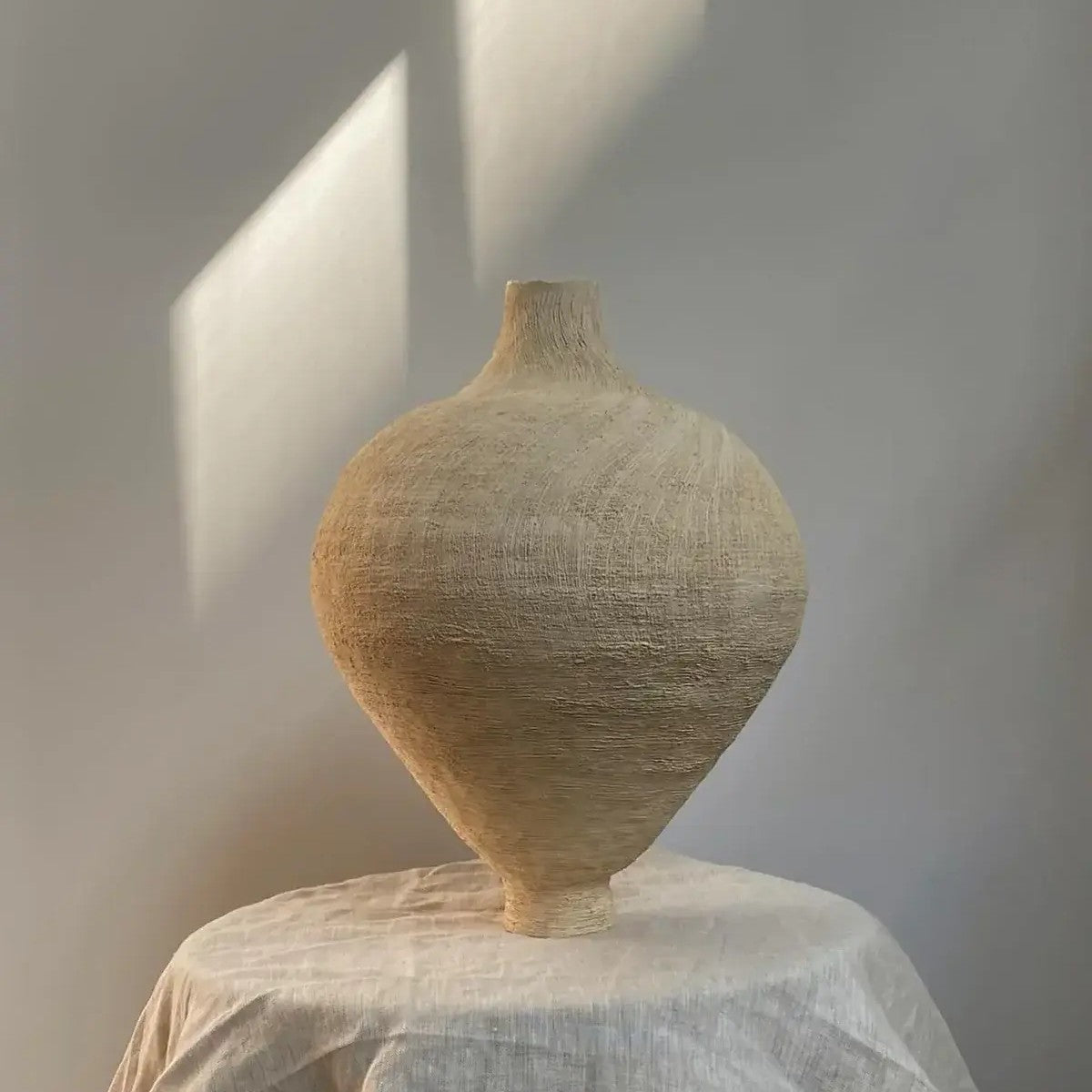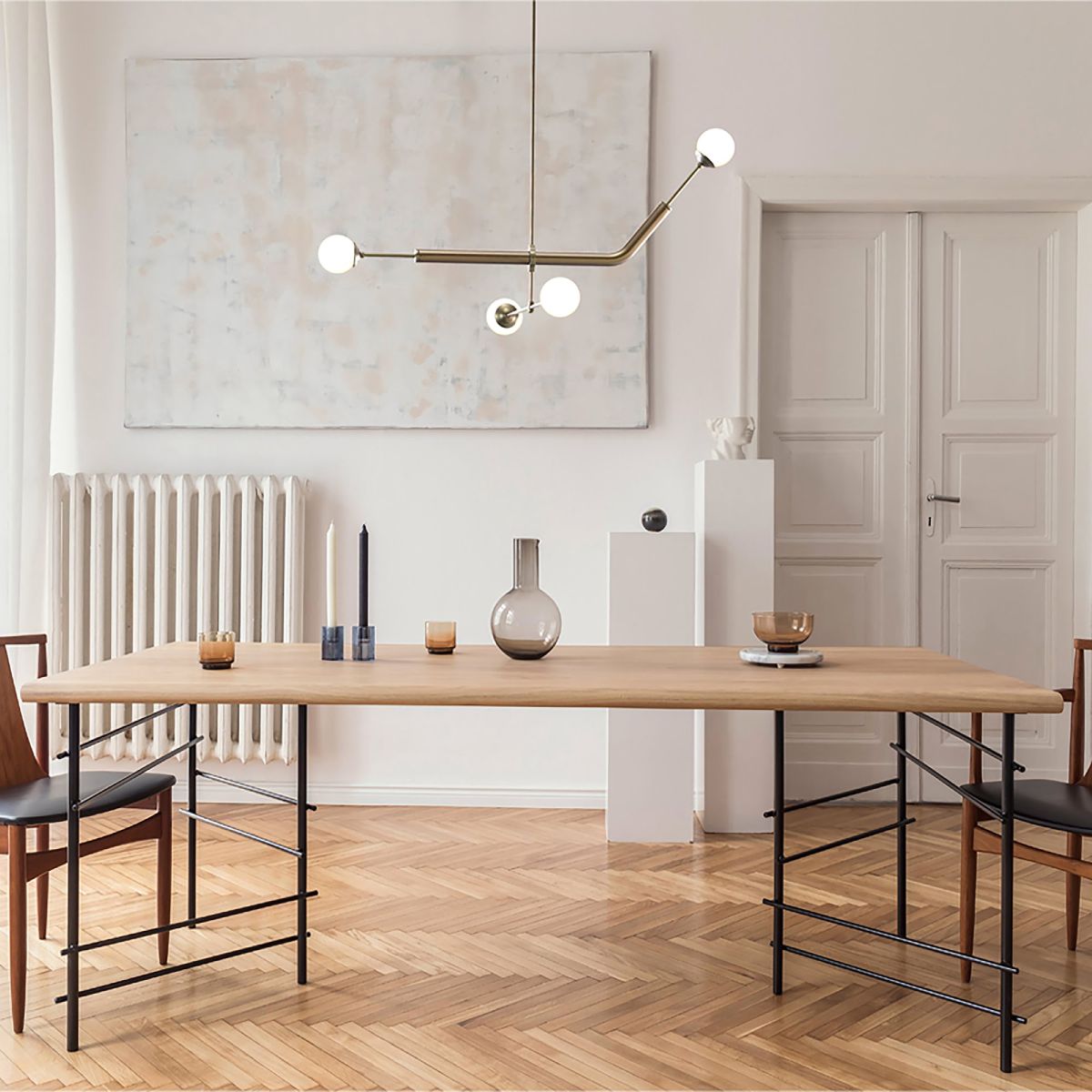With a design philosophy firmly rooted in India's rich craft heritage, Tahiliani draws inspiration from indigenous materials and ancient Indian craftsmanship to create his "India Modern" collections. ‘At our core, we are committed to uplifting traditional techniques, seamlessly weaving them into our fabrics and heritage collections,’ he explains. These techniques include Chikankari, a traditional embroidery style that seeks inspiration from the Mughals; Benares Brocades, a type of finely woven silk decorated with intricate designs; and Pichwai, an ancient style of art from Rajasthan that was used to create lyrical paintings for temples. ‘I learnt more about India through design,’ he says, ‘because it was the first real Indian language I was trained in – taught by the craftsmen who practised it.’

The son of an admiral in the Indian Navy and the first woman engineer in Maharashtra, Tahiliani's career in fashion began on his graduation from the prestigious Wharton Business School at the University of Pennsylvania. Recognising the potential in India's evolving clothing and couture industry, he opened the country's first multi-designer boutique, Ensemble, in 1987. Later, in 1991, he decided to refine his design skills further and earned an associate degree from the Fashion Institute of Technology, New York.
In 1995, he moved from Bombay to Delhi and founded his eponymous studio, settling into an ‘urban village’ in Chirag Dilli, with a design team of six tailors and four other members. Delhi’s close proximity to India’s “crafts belt” in Lucknow, Bareilly, and Jaipur granted the studio easy access to a variety of artisans and a plethora of fabrics. While Bombay was an important starting point in his journey as a designer, Tahiliani says that in Delhi he found the ‘real India’, which fuelled his creativity and shaped his design language.
As the studio grew, Tahiliani shifted operations to a more expansive space in Mehrauli. During this time he evolved his style, which continued to reflect a particular ‘Indianness’ but his structured designs began to break away from tradition.
By blending the virtuosity of Indian craftsmanship with Italian pattern cutting, construction, and state-of-the-art digital textile printing, he developed a distinctive style that fuses contemporary silhouettes with historical opulence. The studio gained notoriety for the intricate textile work and meticulous tailoring of its couture, diffusion, and prêt-a-porter lines.
Among the designer’s numerous accolades is the prestigious Moët & Chandon Fashion Tribute Award for Designer of the Year for India, which he received in 2004.

Today, an impressive 45000-sq-ft headquarters nestled deep inside Gurugram, Haryana, serves as the base of all Tahiliani’s operations. Within the imposing red brick building, his trusted team of more than one thousand designers, master craftsmen, tailors, drapers, and seamstresses bring his collections to life.
Of late, his design expertise has expanded into architecture and interior design with the birth of Tahiliani Homes. Based in New Delhi and run by Tahiliani together with his son, Jahan, and interior designer Bindu Vadera, the studio has completed numerous boutique hotels and residences in Goa, India, that translate the refined luxury of Tahiliani’s fashion collections into physical spaces.
During the pandemic, Tahiliani cemented his move into interiors with the launch of his studio’s interior textiles division. ’As people focused their finances on improving their homes, bespoke interiors thrived, while clothing and fashion took a temporary backseat,’ he says, reflecting on the canny business move that saw him put his master craftsmen's embroidery skills to use in the creation of bespoke tapestries.

The designs draw inspiration from Pichwai, one of India's oldest art forms that originated 400 years ago in Nathdwara, Rajasthan. ‘The embroidered Pichwai wall art allows us and our craftsmen to freely express ourselves without merchandising constraints,’ explains Tahiliani. ‘Our version draws heavily from the Lace Pichwais of early 1900s England, depicting tone-on-tone embroidered landscapes and forests with no religious elements while using indigenous stitchery from Indian embroidery traditions.’
Look closely at the tapestries and you’ll see details such as Tahiliani's signature painted lady on a boat or hand-carved mother-of-pearl flowers, all meticulously hand embroidered. As a designer, Tahiliani prefers understated colours like beige and ecru and appreciates the muted tones achieved through the process of tea dipping. Bright and bold hues are featured but only sparingly, he says, to avoid the distraction of too many colours or textures.

Gokul Van Pichwai Tapestry by Tarun Tahiliani
Looking forward, Tahiliani plans to expand his interior design offering further with embroidered wallpapers and bespoke wall art. His unwavering commitment to traditional craftsmanship coupled with his business-savvy approach has made him a global design powerhouse who continues to captivate fashion enthusiasts and art collectors alike.
Tarun Tahiliani has been in Curio’s stable of designers since our launch last year. We are delighted to carry two of his exclusive tapestries, which were a highlight of our inaugural exhibition, Hand in Hand, Making in the Modern Age. Intricately hand embroidered in India, these pieces reveal new details with each viewing and exemplify everything Curio stands for.










Leave a comment
This site is protected by hCaptcha and the hCaptcha Privacy Policy and Terms of Service apply.